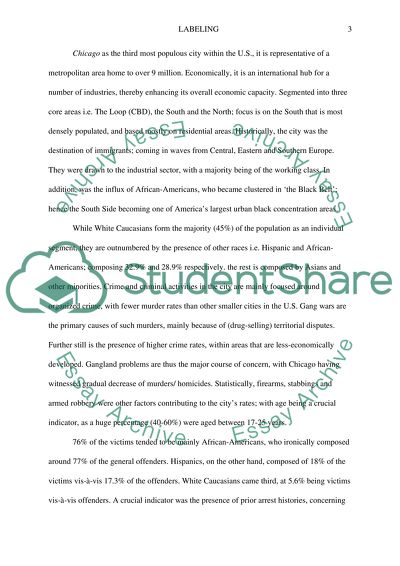Cite this document
(“Labeling: using class and race to understand dynamics of crime Research Paper”, n.d.)
Retrieved from https://studentshare.org/law/1650842-labeling-using-class-and-race-to-understand-dynamics-of-crime
Retrieved from https://studentshare.org/law/1650842-labeling-using-class-and-race-to-understand-dynamics-of-crime
(Labeling: Using Class and Race to Understand Dynamics of Crime Research Paper)
https://studentshare.org/law/1650842-labeling-using-class-and-race-to-understand-dynamics-of-crime.
https://studentshare.org/law/1650842-labeling-using-class-and-race-to-understand-dynamics-of-crime.
“Labeling: Using Class and Race to Understand Dynamics of Crime Research Paper”, n.d. https://studentshare.org/law/1650842-labeling-using-class-and-race-to-understand-dynamics-of-crime.


